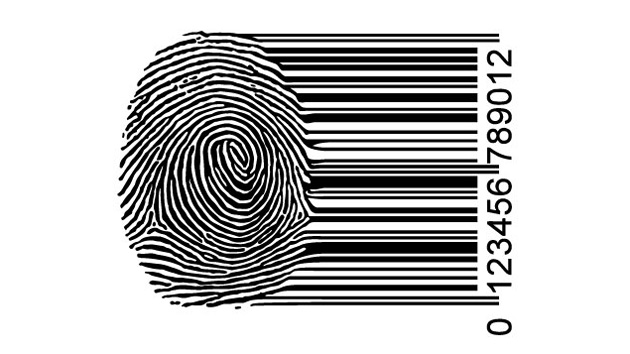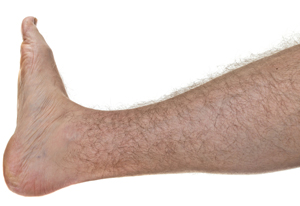
<a href="http://www.shutterstock.com/pic.mhtml?id=160333739&src=id">ISebyI</a>/Shutterstock
It’s hard to forget Tom Cruise replacing his eyeballs in Minority Report. But in the future, that might not be enough to keep him hidden from the law.
A few days ago, scientists at MIT announced they can listen in on conversations by videotaping a potato chip bag sitting next to the speakers. They could even identify who was talking.
From your veins to your walk, sophisticated computer algorithms keep getting better at identifying you based on things there’s no way to password protect. This research, called “soft biometrics,” is making it into ATMs, courtrooms, and even passports. Here are five creepy ways scientists can figure out who you are.
Your Potato Chips
You might not see the objects around you vibrate when you talk, but cameras do. And those vibrations carry enough information to identify your voice, or even eavesdrop on your conversation.
With a regular digital camera pointed at a chip bag, a potted plant, or a glass of water, MIT researchers could tell how many people were in a room, as well as the gender of each speaker. If they knew enough about a speaker’s voice, they could even pick them out of the crowd. Give the scientists a high speed camera, and they can turn the vibrations into a high-tech wiretap.
Your Body Hair

Your beach photos may give more away than you think. Chinese computer scientists have written a program that can take a low-resolution picture of a leg and identify it based on patterns in androgenic hair, which is hair you grow after puberty. It always grows in the same pattern, like a furry fingerprint. Other androgenic hair includes chest and pubic hair, beards, and even the coarse hair on your arms.
The scientists tested extremely grainy photos, between 25 to 6.25 dots of “ink” per inch—for reference, inkjet printers generally print between 300 and 700 d.p.i. So it might be possible to ID someone in a Facebook photo that doesn’t show a face, or even a video screencap.
Your Veins

The pattern of blood vessels near the surface of your skin stays largely the same throughout your life. In Japan, many ATMs have you scan your palm before taking out cash, and several Swedish stores let you pay with your veins.
The technology isn’t only good for commercial purposes, though. Someday soon, you might be identified in a courtroom by a color photo that shows only a patch of skin.
Your Ears

A few years ago, the internet lit up with news that airports might start snapping candids of all our ears as we walk through security. While ears still haven’t taken the TSA by storm, there’s certainly the technology to do it.
From birth on, our ears stay about the same shape, even as they get proportionally bigger. That gives ear shots a leg up over facial recognition, which will probably never be able to identify adults from childhood pictures.
The Way You Walk
Gait analysis is already in common use for forensics. Even in low-res security footage, everything from the way your head bobs to the length of your stride makes you unique. The Guinness Book of World Records lists the first courtroom use of this kind of biomechanics as 2000, when a jury convicted a burglar based on a grainy security video that showed the criminal’s distinct walk.














